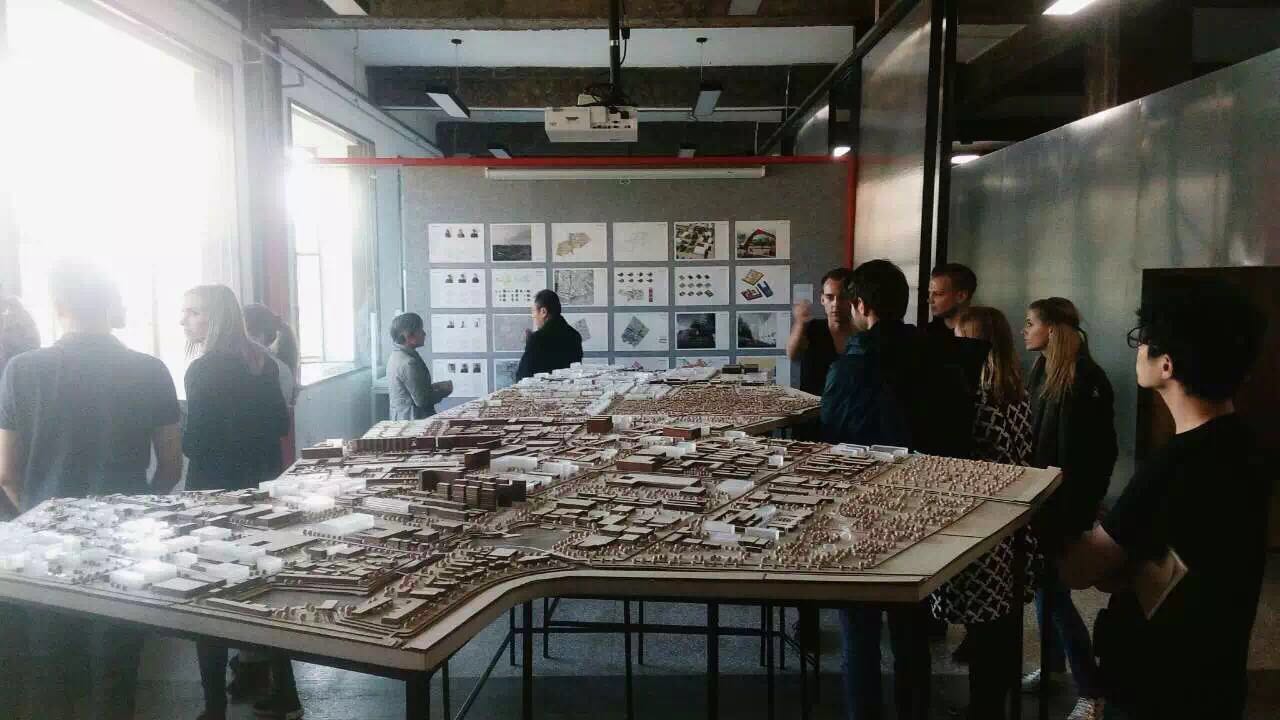Spring Studio III - Holistic Urban Design
As part of the first year of the English Program Master of Architecture (EPMA) course, taught at Tsinghua University, the third studio is an urban design module focusing on developing areas and sites chosen around Beijing. Each year the site for the studio changes, but the principals of developing multidisciplinary cooperation and developing holistic design responses remains the same.
Multidisciplinary Collaboration
The Holistic Design-studio is part of a graduate level program in architecture, however the design education content is focused on urban design. These two disciplines of architecture and urban design are conventionally disconnected, both in research and practice. In contrast, for the Holistic Design-studio, employing a co-learning type agreement of cooperation is followed through to an integrated studio design process that requires multidisciplinary collaboration. This integrated design method is a collaborative method which emphasizes the development of a holistic design proposal.
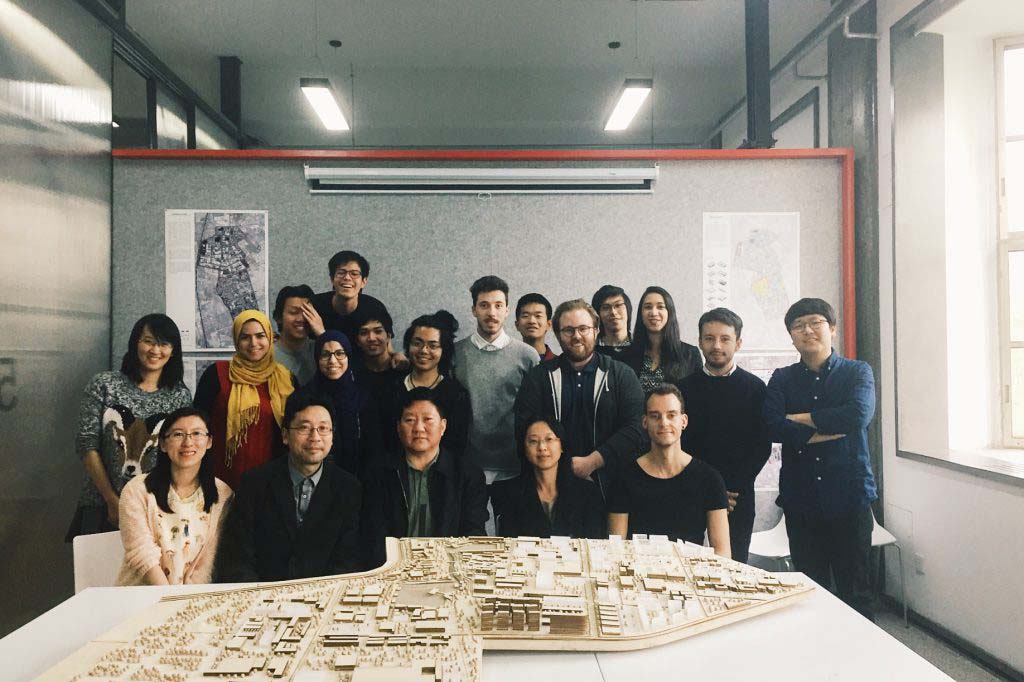
Holistic Design Response
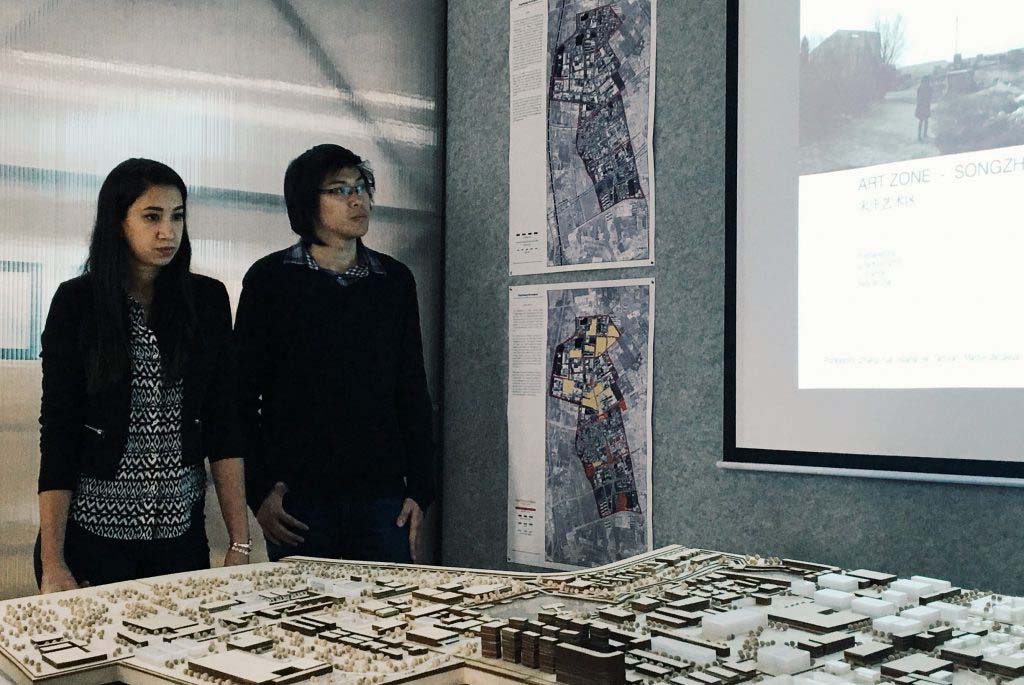
Student Works
Water Memory – Changping 2015
The Water Memory studio was sited in a region within the Changing District in the north of Beijing province. The existing area was to be planned as a mixed use plan celebrating the areas connection to its natural surroundings with specific emphasis on the integration with the wetland and water.
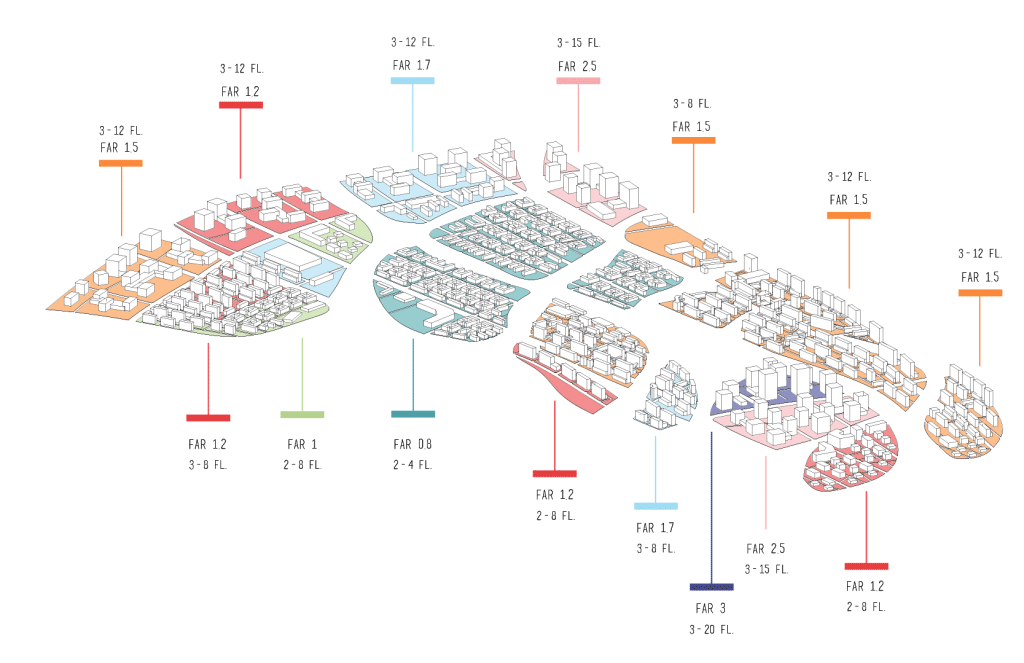
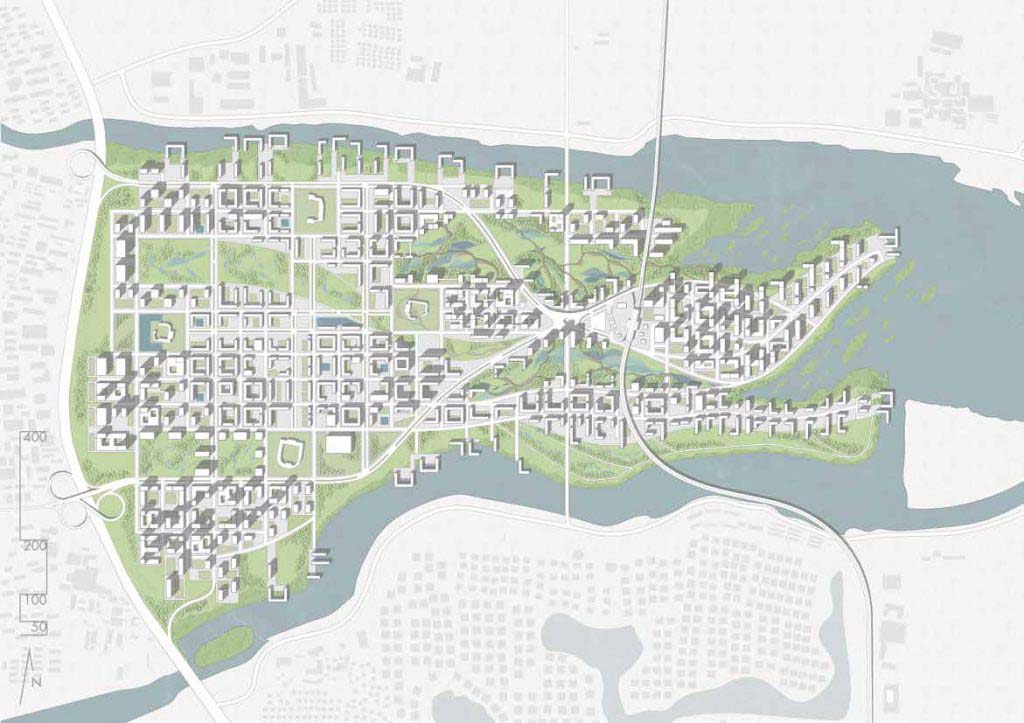
Songzhuang Art Village 2016
The studio for 2016 saw the students providing a urban design plan for an area to the east of Beijing, called Songzhuang. The existing village and factory areas grew organically and unplanned, and have since naturally turned into an area for artists residences and studios. The studio focused on the sensitive regeneration of the area and its historic fabric.
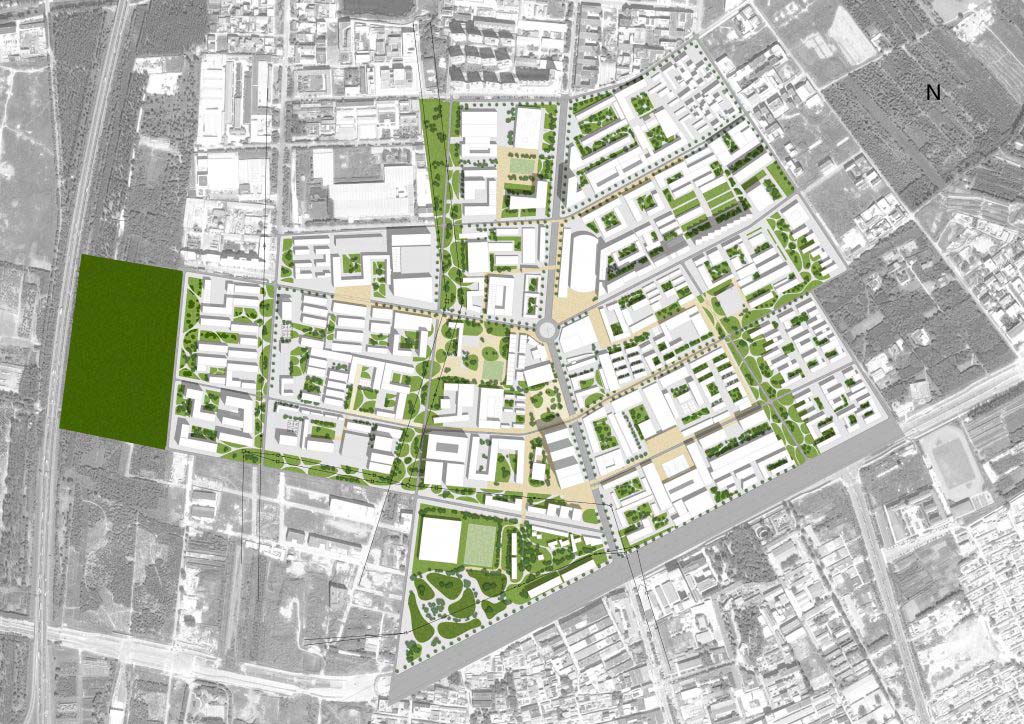
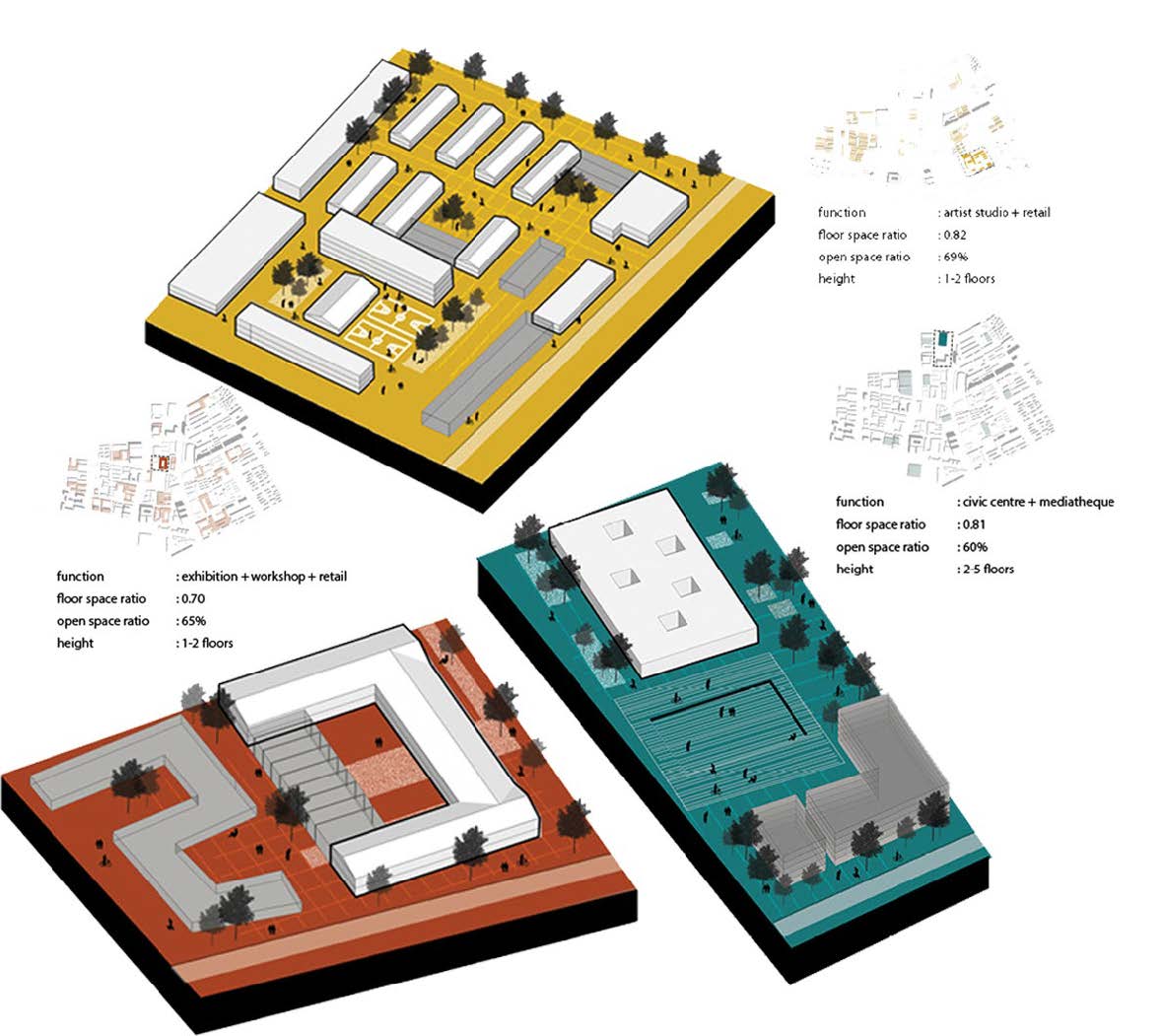
Baitasi Sharing City | 2017
The Baitasi Sharing City was a joint studio with the National University of Singapore, exploring the introduction of several well researched urban interventions in the existing Baitasi alleyways, just west of the Forbidden City. These interventions were all researched around the concept of ‘the shared city’.
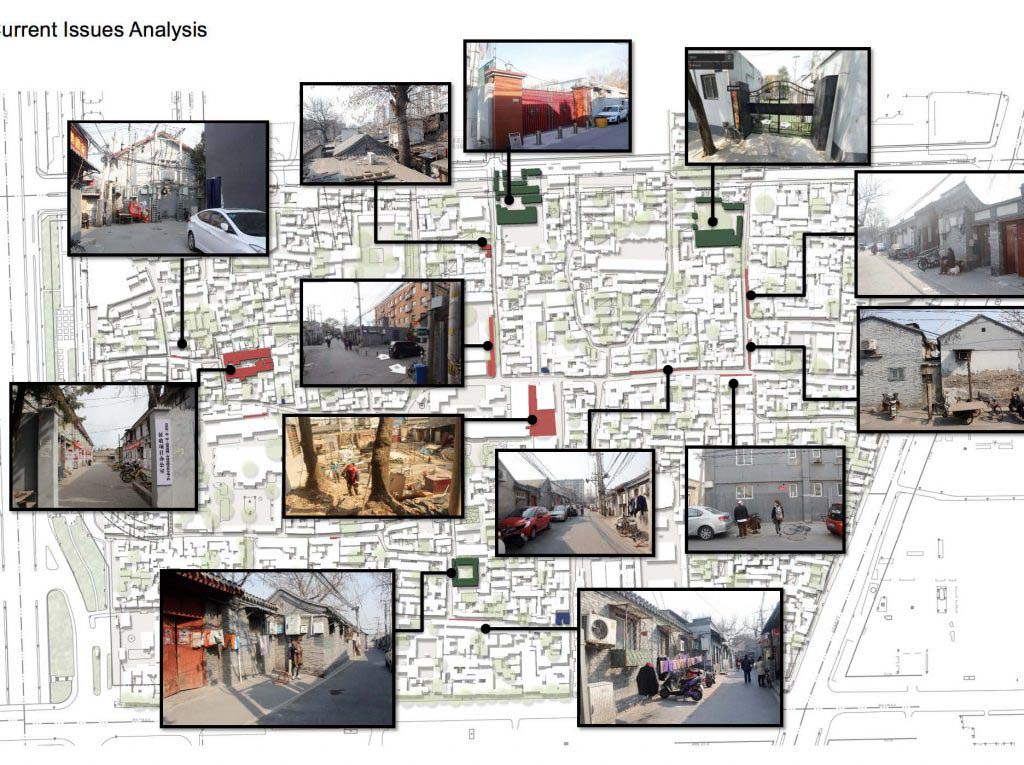
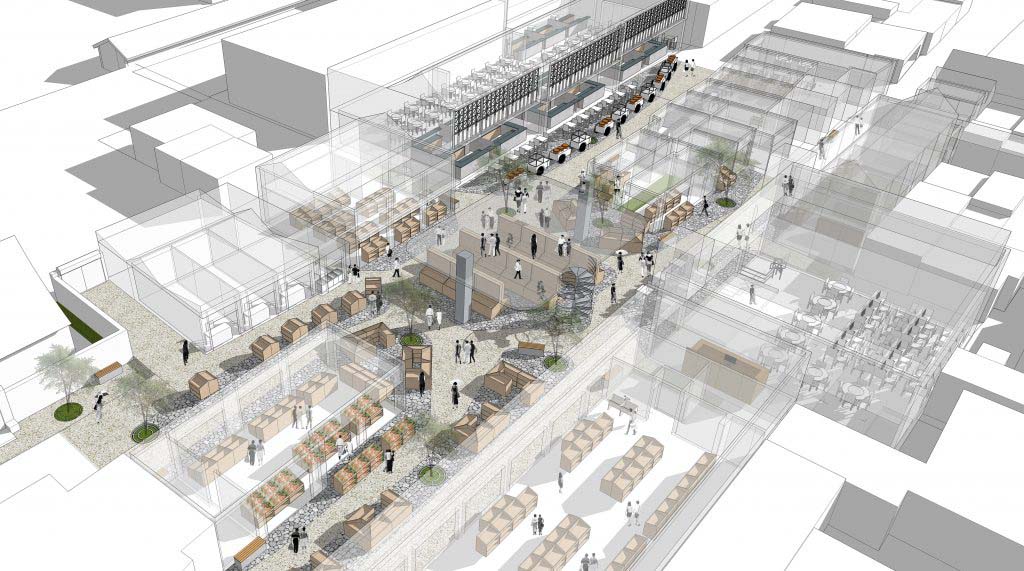
Baitasi Sharing Courtyard
In 2017, the Sharing City studio results were transformed into a unique opportunity whereby we could combine the generated ideas into a real life representation in the form of an installation and exhibition in a renovated courtyard within Baitasi, for the 2017 Beijing Design Week.
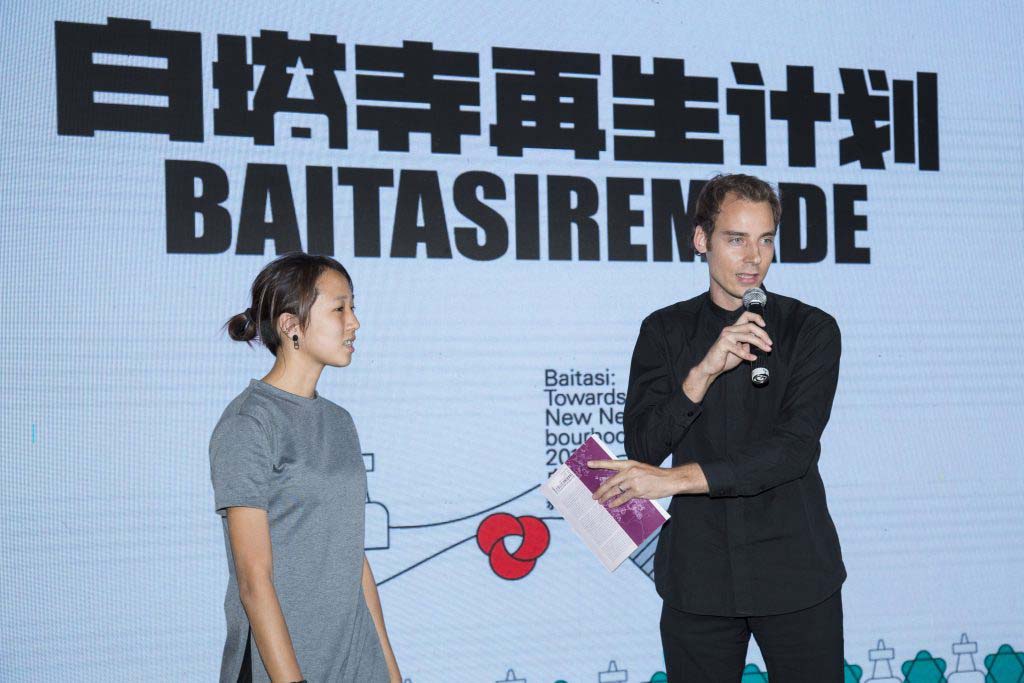

Publications
Knowledge City & Sharing City
The significant amount of research that is produced in these studios each year are in some instances collated and made in publications for circulation. So far two publications have been produced; Knowledge City Campus vs. City, and the Sharing City in conjunction with the National University of Singapore.
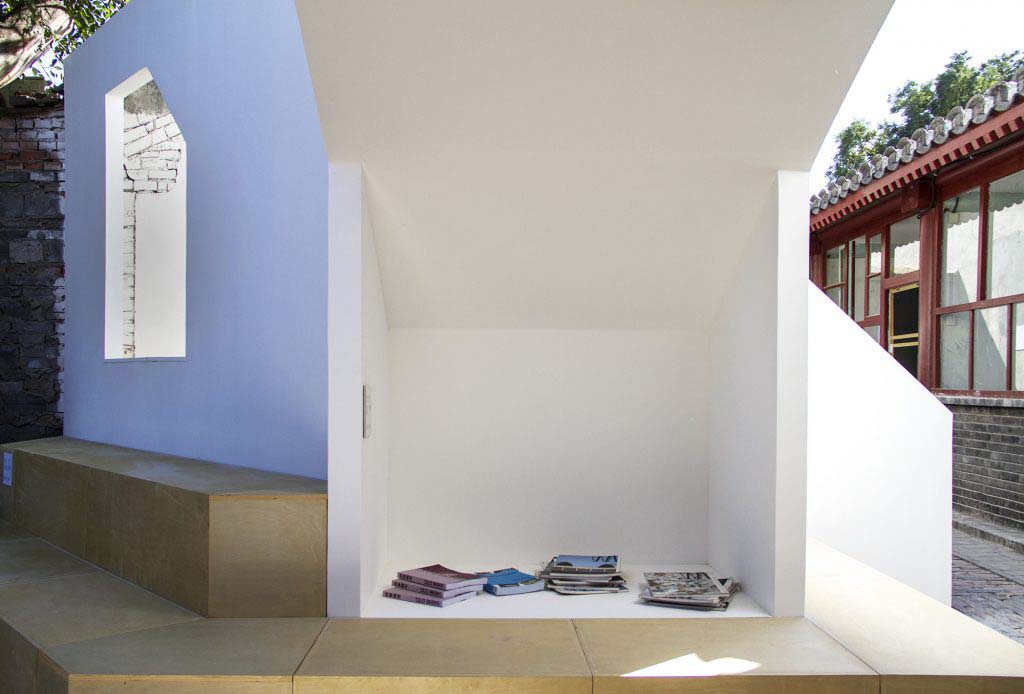
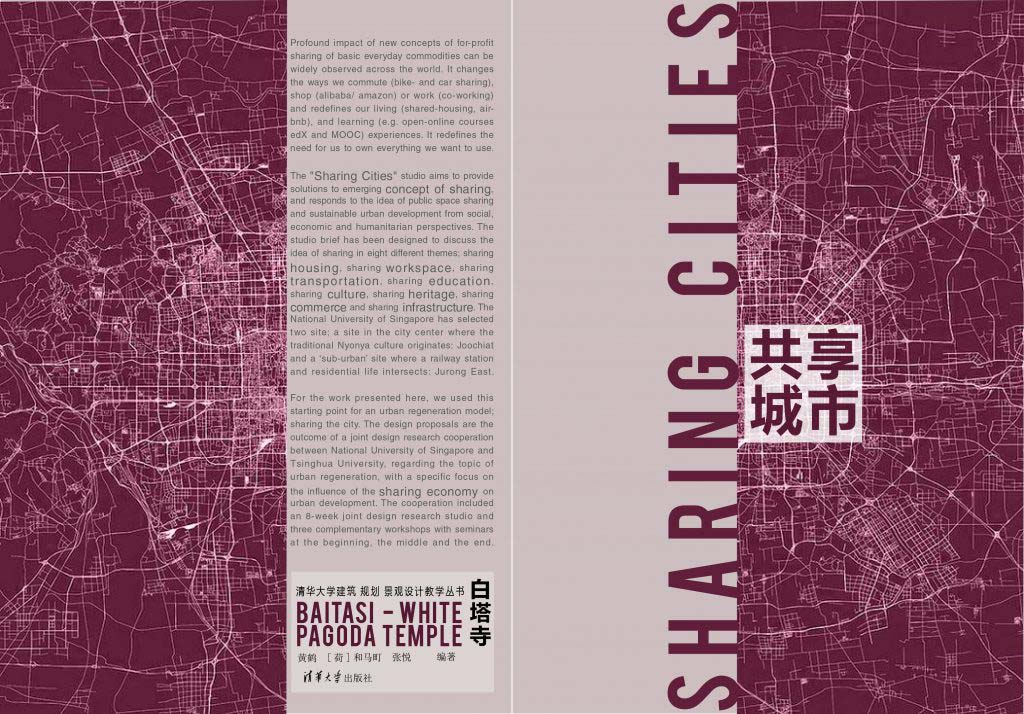
Permanent faculty: Professors Zhang Yue, Huang He, Martijn de Geus
Recent visiting faculty: Professors Li Xiaodong, George Kunihiro & Alfons Soldevila
